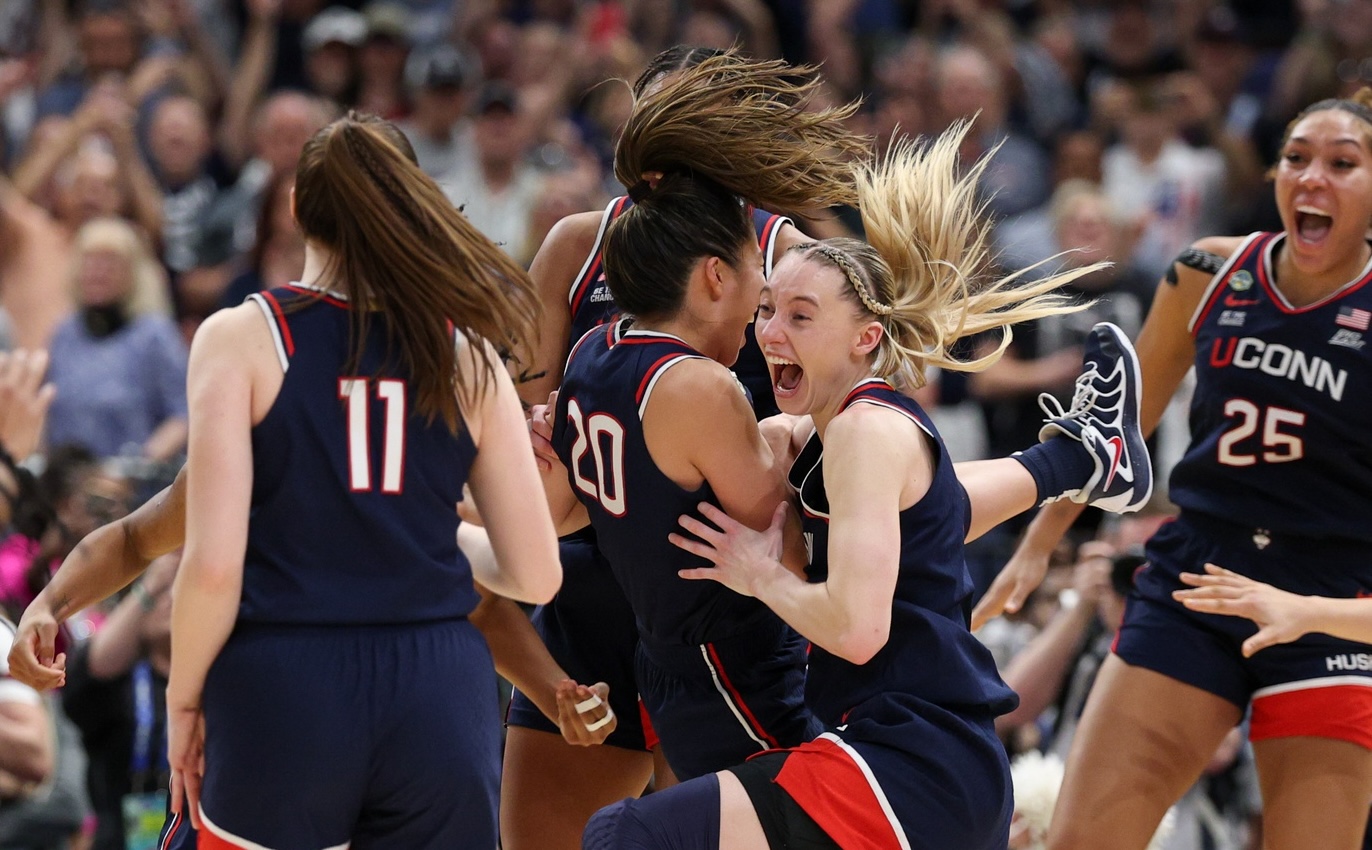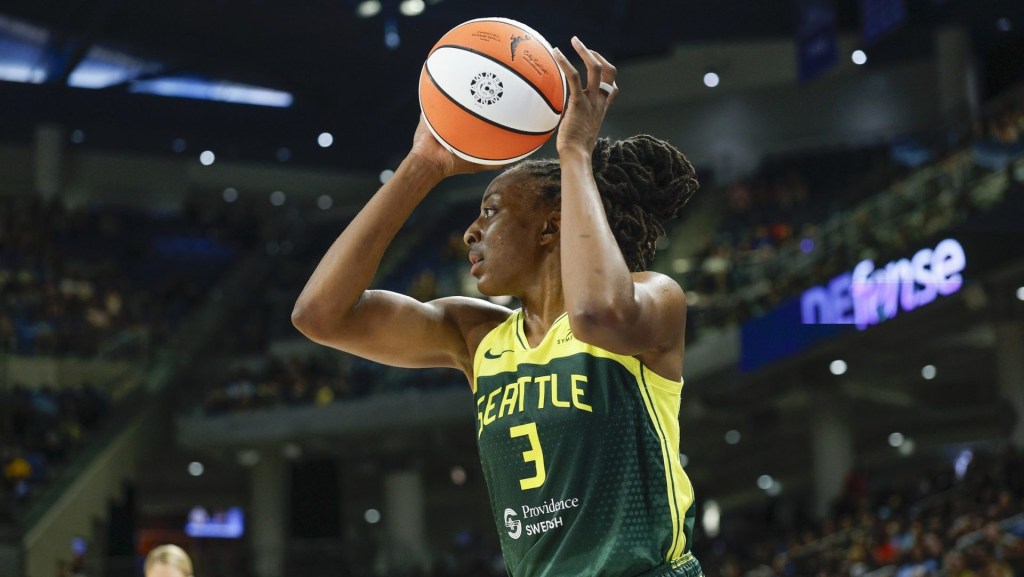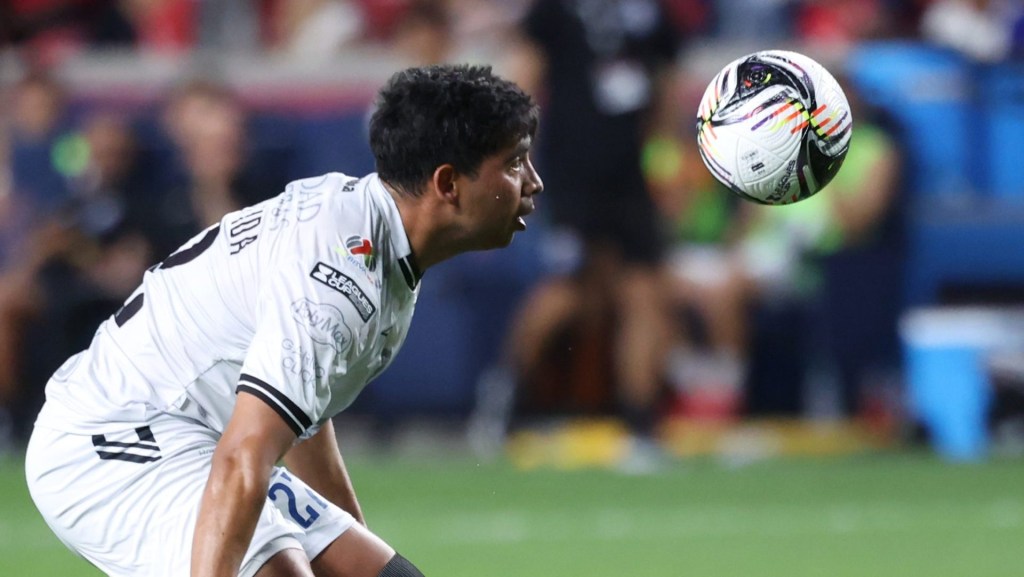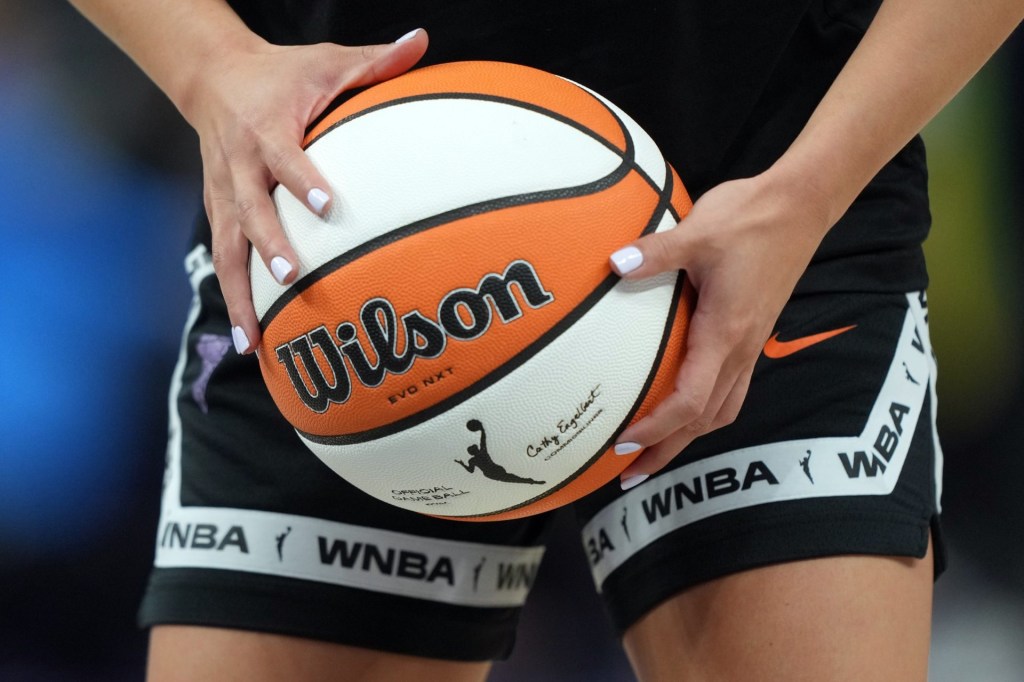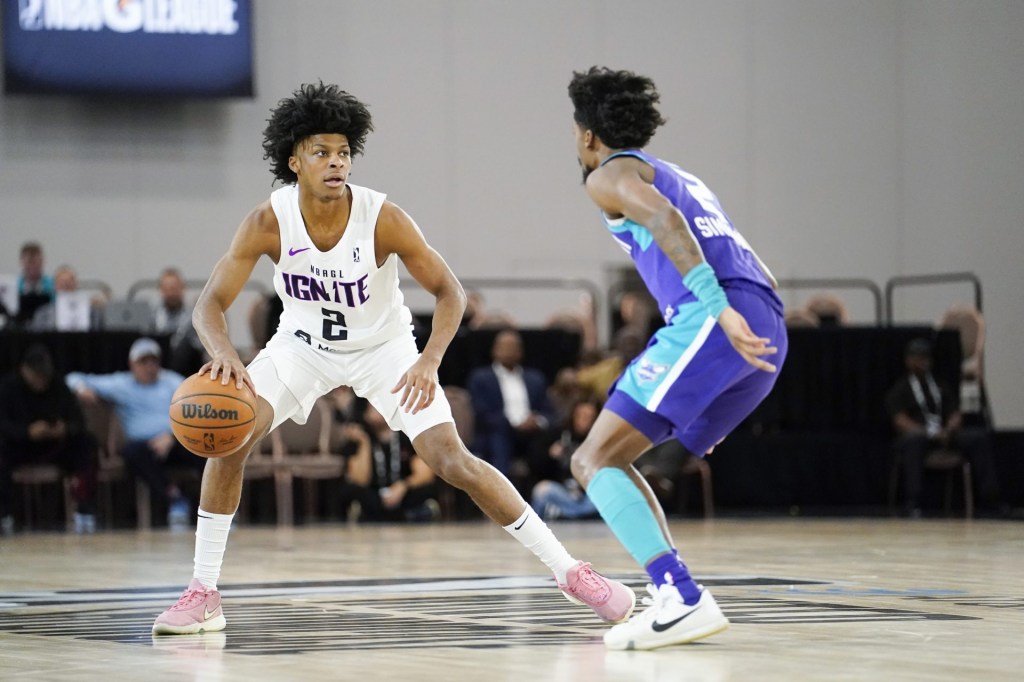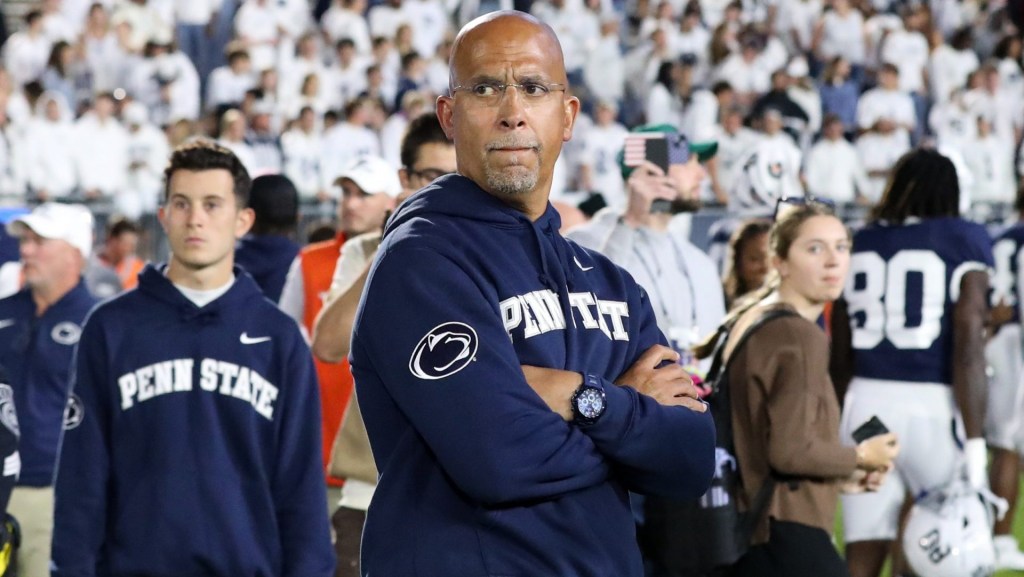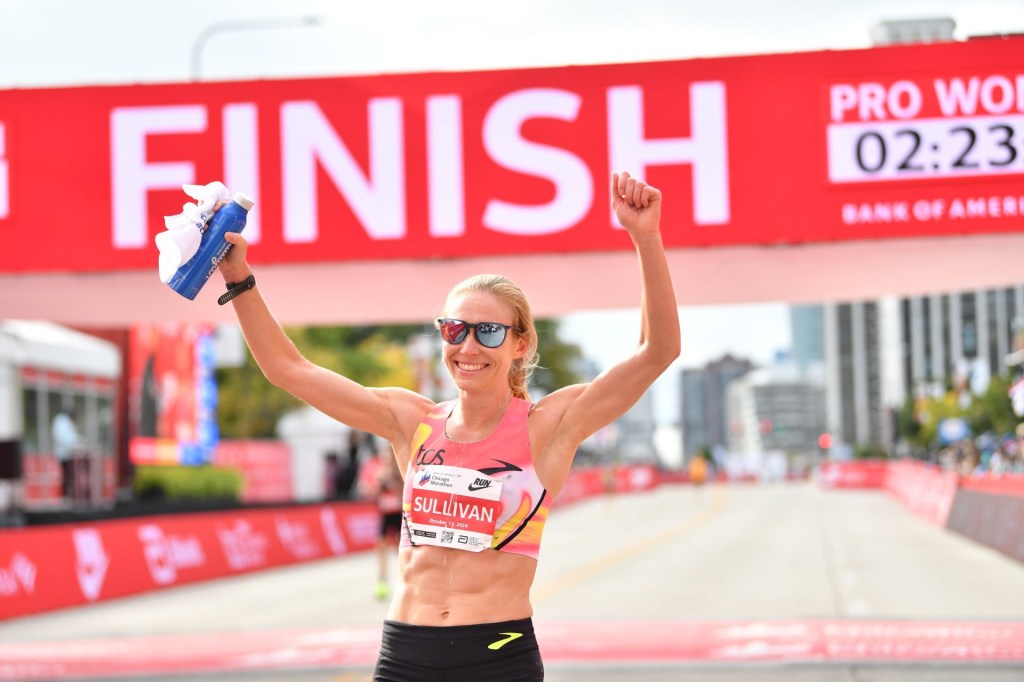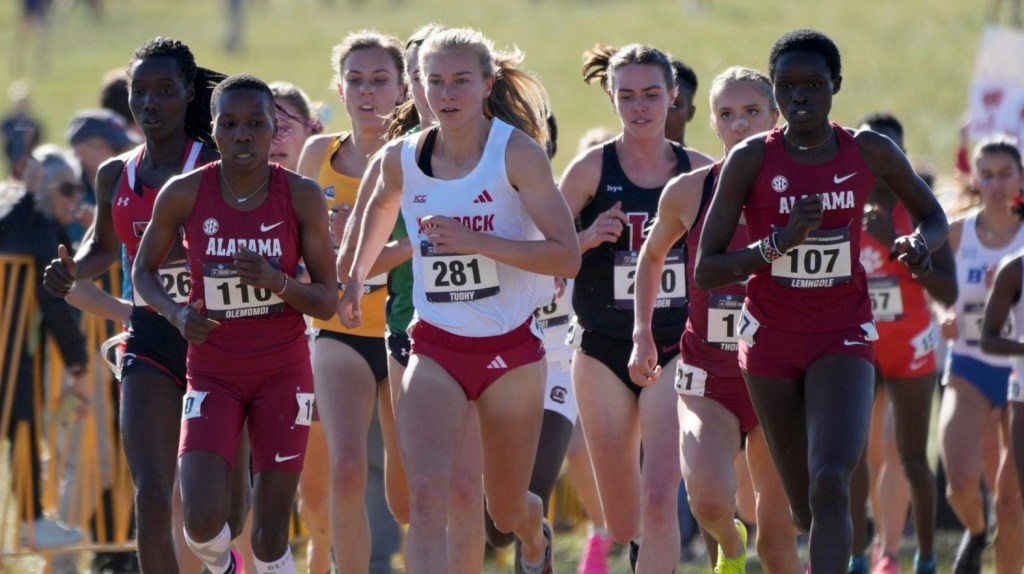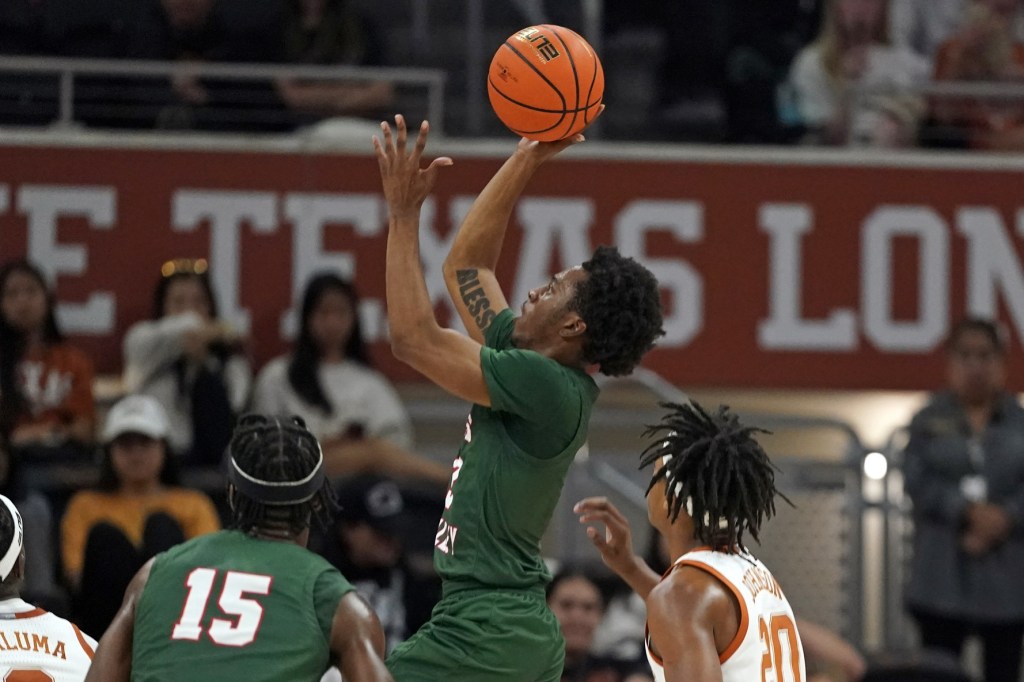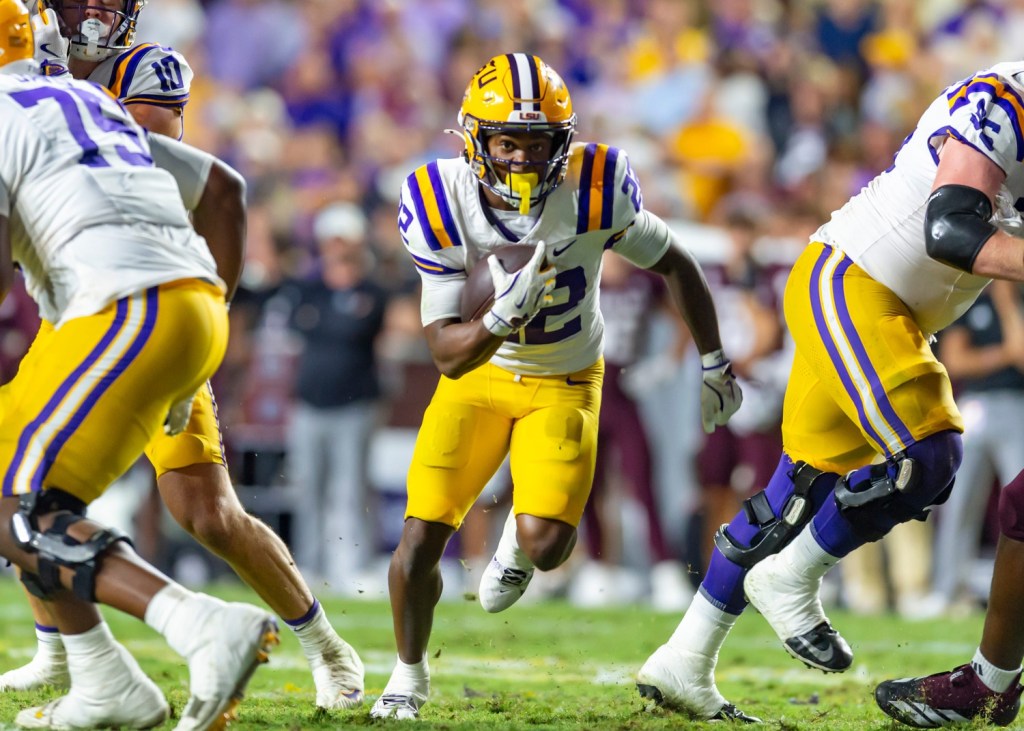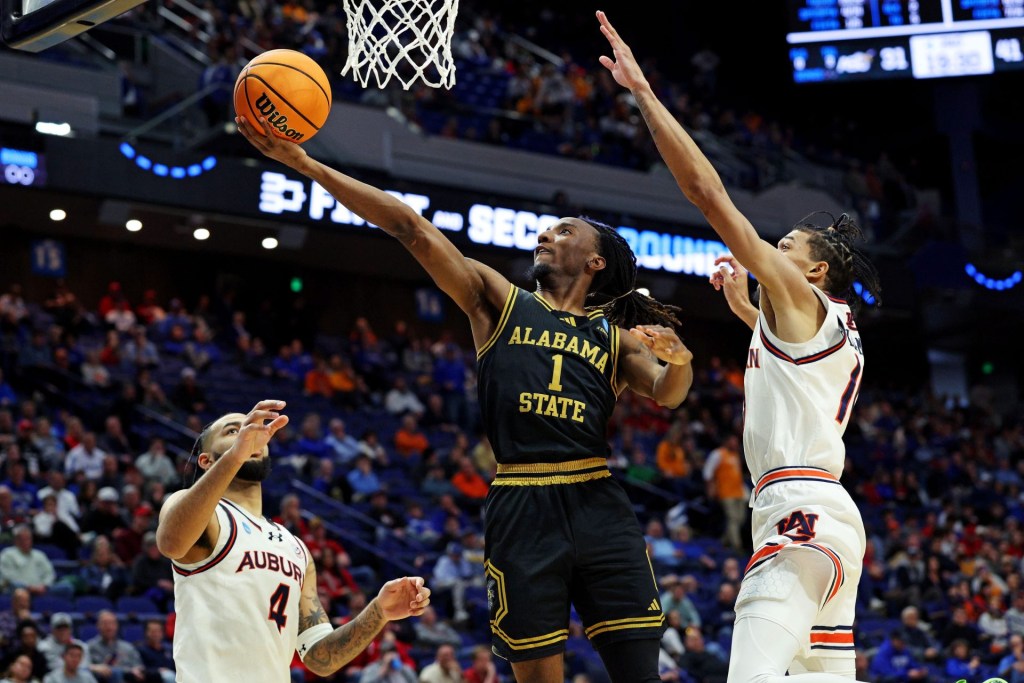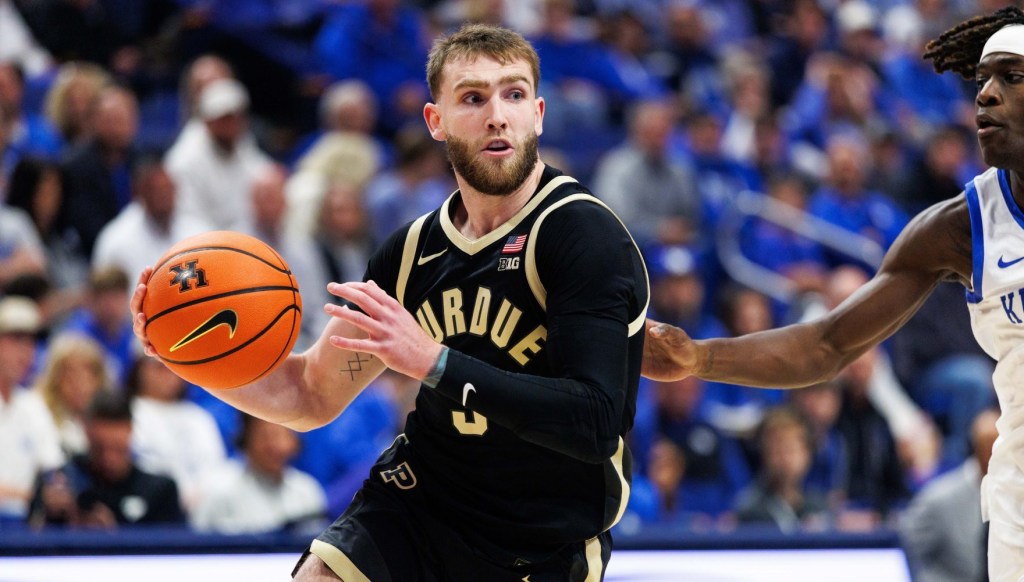On Monday in an Oakland courtroom, federal judge Claudia Wilken held the final hearing in the House v. NCAA case. Wilken said Monday that she will issue a ruling later, but when its terms are implemented—possibly as soon as this summer—the settlement will change college sports as we know it.
At this weekend’s Final Four in Tampa, Fla., the impending settlement was on coaches’ minds.
Along with offering $2.8 billion in back-damages to athletes unable to profit from NIL before 2021, the settlement, if approved, will allow schools to pay players in every sport directly from a pool that starts at $20.5 million in 2025. NIL collectives will still exist, but this pool of money is expected to be shared in a way that prioritizes football first, men’s basketball second, and then women’s basketball.
“I’ve talked to a lot of other Power 4 coaches,” UCLA coach Cori Close said. “What does it look like? What does competitive equity look like? How are you handling this? There’s really been a sharing of ideas—how do we help each other along the way? I think the next two years are going to be a very interesting learning curve. There’s more we don’t know than what we do know at this point in time.”
One immediate concern is how revenue-sharing will impact parity.
Schools that prioritize football are concerned that basketball-first (or basketball-only) schools may have an edge. Big East commissioner Val Ackerman openly told Front Office Sports last month that her conference’s lack of football was “an advantage.”
While some would say that’s a positive for Geno Auriemma and UConn, who just won their 12th national championship Sunday, he expressed heavy skepticism.
“It’ll ruin parity, that’s No. 1,” Auriemma said.
Auriemma painted a picture of the haves and have-nots, and said there will be few who want to give money to women’s basketball. Women’s basketball has grown far less top-heavy than it was decades ago when Auriemma and Pat Summitt owned the sport.
In the nine years since UConn won its last NCAA title in 2016, there have been five different programs crowned. Dawn Staley led South Carolina to three titles in that window.
The concern from Auriemma is that the new parity in women’s basketball—which has fueled its increased popularity—will be erased.
“When you do those kinds of things and it’s money driven, it’s going to be: Who’s going to become the Dodgers and the Yankees?” Auriemma said. “How many of those are you going to have? And how many other programs in women’s basketball are going to be Milwaukee and Kansas City?” referring to small markets that have recently won titles in the NBA and NFL.
This year’s Final Four offered a good indication of what programs will be in the former category.
Close said explicitly that she has the UCLA administration’s full commitment. South Carolina already spends more money on the women’s basketball program than the men’s, spending $11.5 million on Staley’s team in the 2024 fiscal year compared to $9.8 million for the men.
Texas coach Vic Schaefer shared similar sentiments as Close, saying his program will be prioritized but added that it benefits him if the football team is winning.
“I’ve been at places where when the football team’s winning, man, everybody’s a lot happier and sometimes people give a little more,” Schaefer said. “I’m real fortunate where I’m at a place where women’s basketball is really important and my administration is going to make sure we’re taken care of.”
The $20.5 million pot is completely separate from the NIL (name, image, and likeness) collectives. Though their future is murky, collectives will likely continue to operate after revenue sharing begins. Staley expects to have more NIL funds than she does through revenue sharing from the school.
“I know with us, we have money we’ve raised from donors in the NIL space that we’re going to have to utilize all up before rev share takes place,” Staley said. “We have that to fill our roster and go into the portal if there’s somebody that we need to get. But that pool of money is more than what we’d probably get in rev share.
“That just doesn’t add up.”
